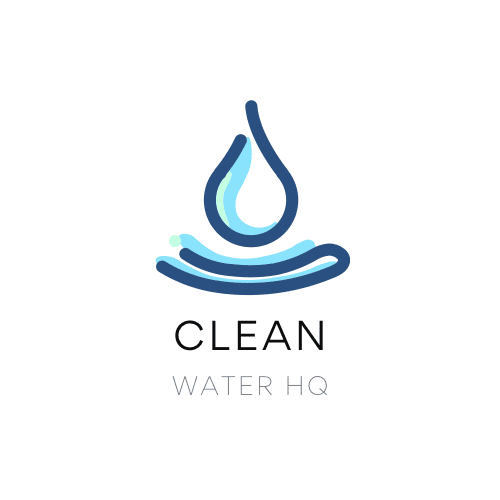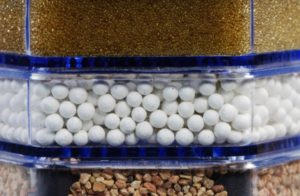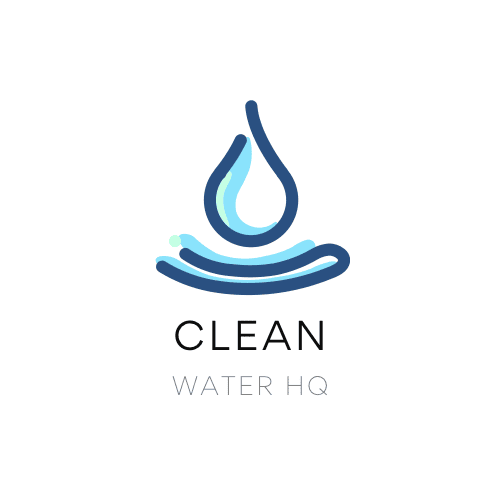It’s common knowledge that water filters remove bad tastes, smells, and contaminants from your water. But understanding how exactly filters do their work will make you a more informed buyer. And the best way to do that is by getting to know the materials (media) that your water will be filtered through.
In this short guide, we’ll introduce you to the 9 types of water filter media that are most commonly employed in home-use systems. Once you’ve finished reading, you’ll be prepared to analyze and compare the claims that different filter companies make. Then, you can compare those claims to what you really want out of a water filter.
The Water Filtration Media You Should Know
Now without further ado, let’s take a closer look at each type of media used in commercial water filters.
Activated Carbon
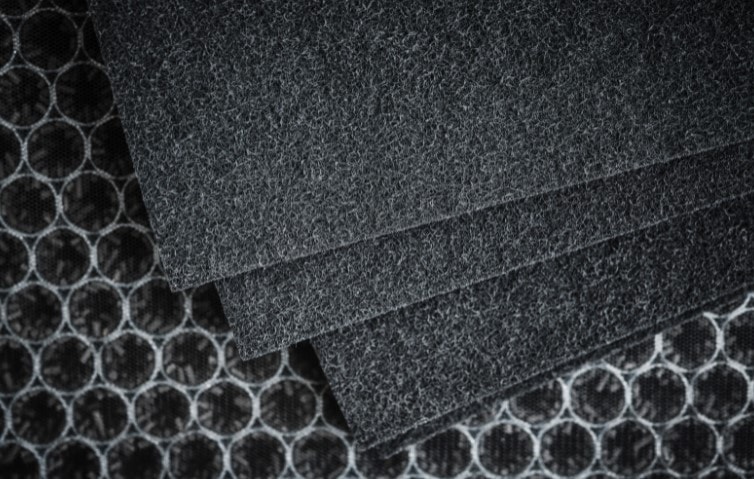
Activated carbon is easily the most popular filter media used today. In fact, it’s rare to find a filter system that doesn’t make use of activated carbon. That’s due in large part to how inexpensive and easy to source this material is, and how well it filters out common contaminants
This type of filter media can be made from any organic material with high carbon content. That includes all types of woods, coal, and well coconut shells. Coconut shells are by far the most environmentally friendly option.
These raw materials are heated at a constant temperature that prevents them from burning. The resulting char creates special porous properties that allow the activated carbon to trap contaminants passing through the filter.
Catalytic Carbon
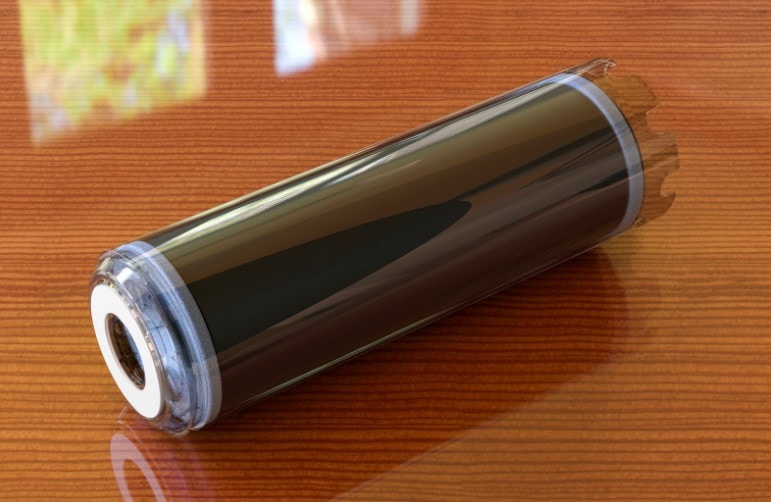
Catalytic carbon is a specialized form of activated carbon. It’s designed to remove exactly one chemical, but it’s an important one: Chloramine.
Chloramine is a disinfectant used to treat drinking water in many parts of the United States. It’s estimated that 1 in 5 Americans drinks water treated with chloramine. And while the EPA has established safe levels of chloramine in drinking water, it can still add unpleasant “off” flavors and aromas.
To make catalytic carbon, activated carbon is modified by gas processing at high temperatures. This changes the surface structure of the carbon, making it capable of trapping the elusive chloramine molecules.
KDF
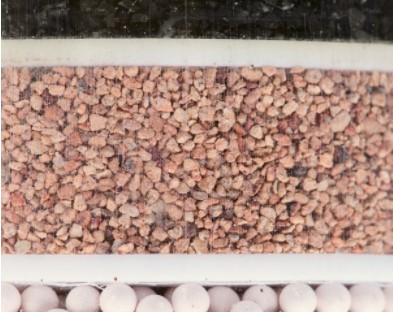
Kinetic Degradation Fluxion, or KDF media, is very effective at reducing the levels of chlorine and water-soluble heavy metals in your drinking water. As an added bonus it helps to reduce bacteria and algae in the water, too. KDF is often paired with an activated carbon filter for a one-two punch of contaminant reduction.
Without getting too deep into the science of it, KDF is made of copper and zinc particles. The particular charges of these metal bits attract the heavy metals and chlorine in the water that passes through them. Then they neutralize and hold onto the contaminants.
RO Membrane
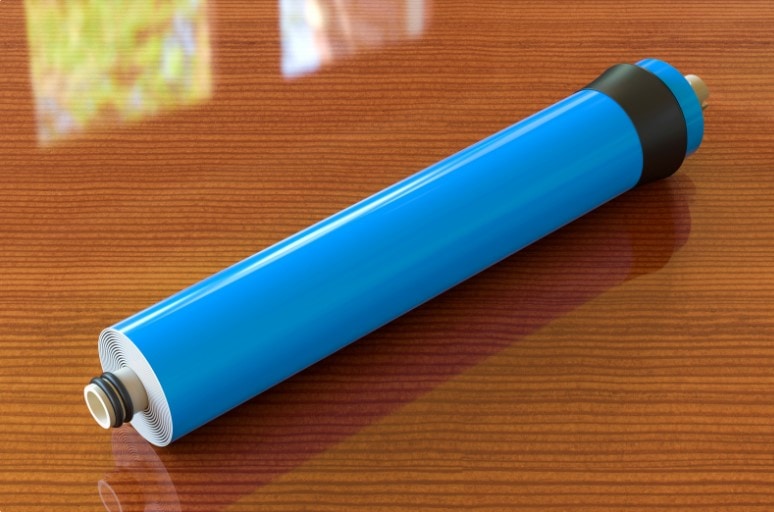
Reverse osmosis (RO) membranes are popular enough that they’ve spawned their own category of filters. They do a fantastic job of removing a wide array of contaminants, from heavy metals to bacteria and volatile organic compounds (VOCs).
Water is pushed through the semipermeable RO membranes to filter it. Because of the exceedingly small size of the membrane’s openings, contaminants are trapped on one side and clean water is dispensed on the other. The only downside is that RO membranes will produce a fair amount of wastewater through their processing.
UV Light

Bacteria and viruses are tricky to remove from water sources while keeping a decent flavor. That’s why some filter manufacturers have started adding a UV light stage to their filter systems.
Water is pumped into a storage unit with an ultraviolet (UV) light bulb. Through a short period of contact, the UV light breaks down bacteria and viruses’ cell walls. This makes the contaminants inert, and the water safe to drink. And since it doesn’t use chemicals, the taste of the water is better than it would be otherwise.
Activated Aluminum
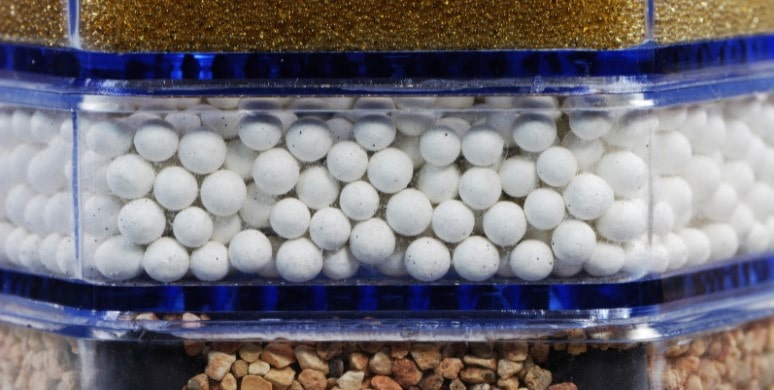
Ion exchange filters make use of activated aluminum. It’s an integral part of their design, and it helps to soften water while providing an extra barrier against fluoride and arsenic.
You’ll sometimes hear activated aluminum referred to as a resin filter. No matter its name, this media bonds with magnesium and calcium and removes them from your water. That helps create softer and better-tasting water.
Manganese Dioxide
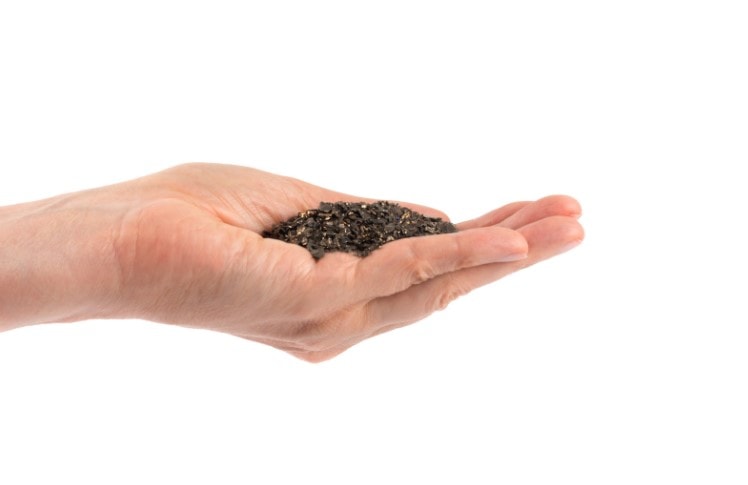
Manganese Dioxide is an uncommon filter media. It works by bonding to specific contaminants that other filters might miss. This includes hydrogen sulfide, the source of an unpleasant “rotten egg” smell in some water. It also reduces iron in water which, while necessary for good health, can make cooking and cleaning less effective.
Calcium Carbonate
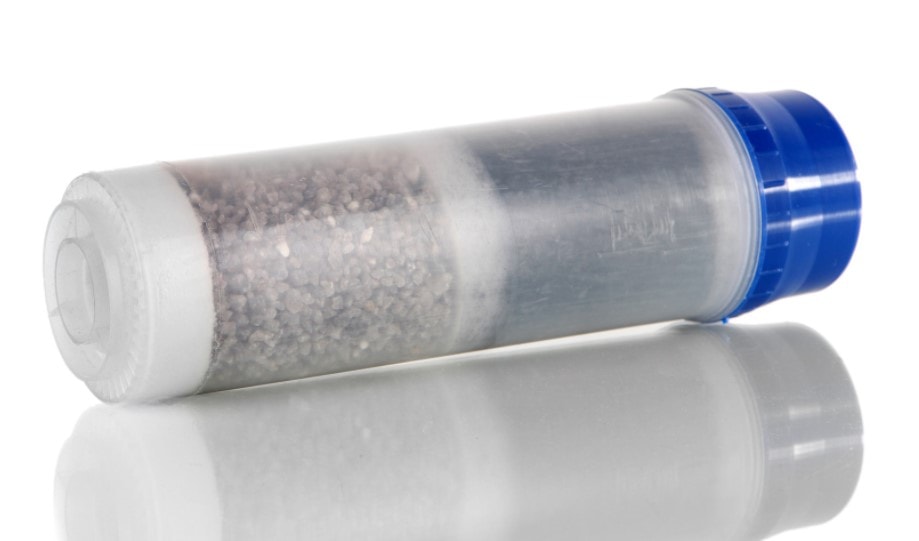
Calcium carbonate is probably the rarest of all filter media used today. It can effectively balance a low pH and fix overly acidic water. The more balanced your water’s pH, the less chance there is of heavy metals being able to dissolve into it.
The downside of using this filter media is that it will make your water harder. Because of this it’s most often paired with a water softener as well.
Mixed Media
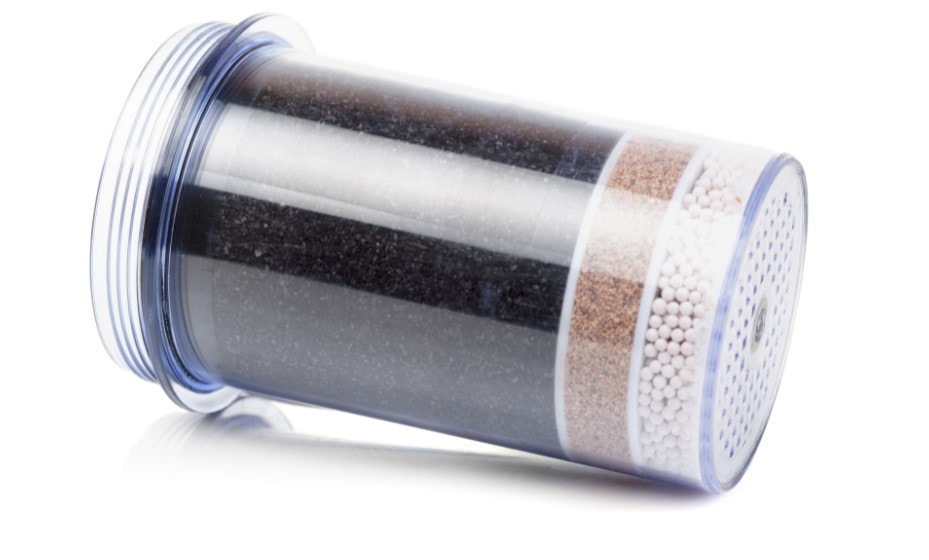
The last category of filter media, mixed media, is a catch-all. This means that an individual filter unit is filled with more than one type of media discussed above. Manufacturers are required to disclose which media they use though. So you can always check for further details to see which media are being mixed together.
How To Choose The Right Water Filter Media
So how do those filter media affect your choice of water filter for your home? If you know what’s in your water, then you can choose filter systems that use the media which will remove your specific contaminants.
To find what contaminants are in your water source, you can request a Consumer Confidence Report (CCR). The EPA provides helpful information and a tool for finding a copy of the CCR in your area.
Frequently Asked Questions About Water Filtration
And to finish things up, let’s take a closer look at a few of the questions we’re asked most often about water filtration.
Are some filtration media better than others?
Each type of filtration media has its own range of effectiveness. So there’s no catch-all “better” media. Just media that are better at removing specific contaminants. If you’re looking for a generally useful media though, stick with a wide-range treatment like activated carbon.
Is there a difference between water treatment and water filtration?
There’s a big difference between water treatment and water filtration. In treatment, the water is chemically treated with chlorine or iodine. This kills all sorts of biological nasties, but does nothing for the taste or clarity of the water. In filtration, a series of media help to remove all contaminants and purify the taste of the water.
